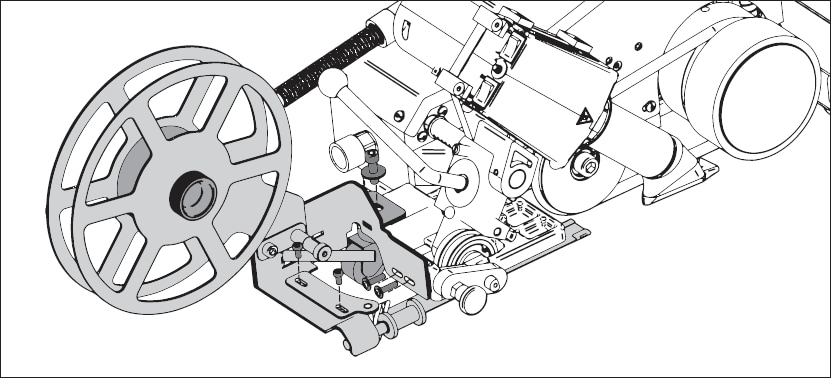Procedure:
For more information on the general operation of the UNIPLAN E see our article. Interested in welding acrylic fabric or have some questions? Give us a call at 1-888-438-6324 or email [email protected]. Comments are closed.
|
|
STANMECH Technologies Inc.
944 Zelco Drive Burlington ON L7L 4Y3 | 1-888-438-6324 | [email protected] Terms of Use Privacy Terms and Conditions of Sale Warranty Policies |
|
Proud Member of:


